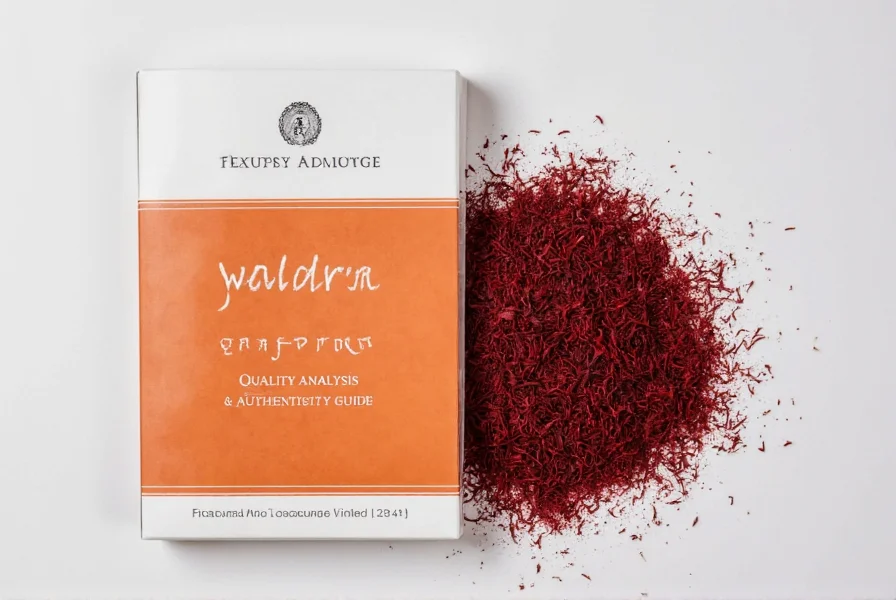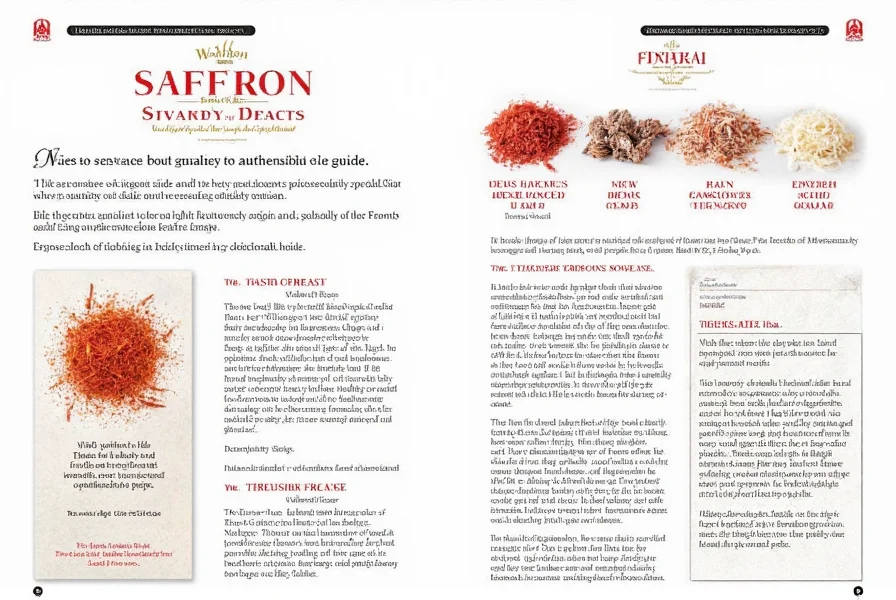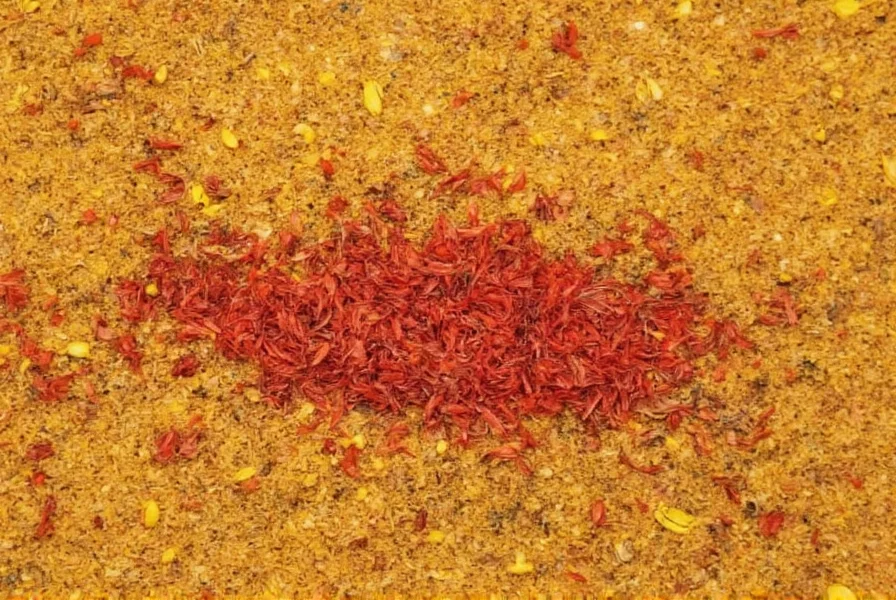When evaluating Walden Saffron, understanding saffron grading standards proves essential for discerning buyers. The International Organization for Standardization (ISO) established ISO 3632 as the definitive quality measurement system for saffron, assessing three critical chemical compounds: crocin (coloring strength), picrocrocin (bitterness), and safranal (aroma). Premium saffron like Walden Saffron consistently achieves Category I status by exceeding minimum thresholds in all three measurements.
Understanding Saffron Quality Metrics
Saffron quality isn't merely about appearance—it's scientifically measurable. The ISO 3632 standard provides objective measurements that separate genuine premium saffron from inferior products. Walden Saffron typically demonstrates these quality indicators:
| Metric | ISO Category I Minimum | Walden Saffron Typical Range | Significance |
|---|---|---|---|
| Crocin (Color) | >190 | 250-280 | Higher values indicate stronger coloring power |
| Picrocrocin (Bitterness) | >80 | 95-110 | Essential for authentic saffron flavor profile |
| Safranal (Aroma) | >20 | 25-30 | Determines fragrance intensity and complexity |
These measurements matter because adulterated or lower-grade saffron often shows significant deviations in one or more categories. For instance, saffron diluted with safflower might maintain decent crocin levels but shows dramatically reduced safranal content.
Verifying Authentic Walden Saffron
Consumers seeking genuine Walden Saffron should implement these verification methods:
- Examine thread structure: Authentic Walden Saffron features uniformly deep red threads with minimal yellow styles (less than 10\u00a0percent). The trumpet-shaped stigma should be intact without excessive breakage.
- Conduct water test: Place a few threads in warm water. Genuine saffron gradually releases golden-yellow color over 15-20 minutes while maintaining thread integrity. Fake products often discolor water immediately or dissolve completely.
- Check for certification: Reputable Walden Saffron suppliers provide ISO 3632 test results from independent laboratories, not just manufacturer claims.
- Assess aroma profile: Premium Walden Saffron emits a complex fragrance combining honeyed sweetness with subtle hay-like notes. Chemical or metallic odors indicate adulteration.

Walden Saffron in Culinary Applications
Chefs appreciate Walden Saffron's consistent performance in delicate preparations. Its high crocin content means you need fewer threads to achieve proper coloring—typically just 15-20 threads per liter of liquid for dishes like paella or risotto. The balanced picrocrocin levels provide authentic flavor without overwhelming bitterness.
For optimal results when using Walden Saffron:
- Always toast lightly before use to activate aromatic compounds
- Steep in warm liquid (not boiling) for 15-20 minutes to fully extract compounds
- Add early in cooking for savory dishes to allow flavor integration
- Store in airtight container away from light and moisture to preserve potency
Comparing Walden Saffron to Market Alternatives
When evaluating is Walden Saffron pure saffron against other premium options, consider these differentiators:
- Origin transparency: Walden Saffron typically discloses specific growing regions (often Spanish or Iranian highlands) rather than vague "imported" claims
- Harvest timing: Premium producers like Walden Saffron harvest flowers at first light when crocin concentration peaks
- Processing methods: Traditional hand-picking preserves thread integrity better than mechanical harvesting
- Batch consistency: Lab-tested Walden Saffron shows minimal variation between batches compared to artisanal producers
While Walden Saffron vs other brands comparisons often focus on price, the true value lies in consistent performance and potency. Lower-priced alternatives may require 20-30\u00a0percent more threads to achieve similar results, potentially negating any initial cost savings.
Storage and Shelf Life Considerations
Premium saffron like Walden Saffron maintains potency for 18-24 months when stored properly. Key storage factors include:
- Air-tight containers with oxygen absorbers
- Dark storage environment (amber glass preferred)
- Consistent temperature below 70\u00b0F (21\u00b0C)
- Relative humidity below 40\u00a0percent

Exposure to light degrades safranal content most rapidly, while humidity encourages mold growth. Consumers checking how to identify genuine Walden Saffron after storage should note that properly stored threads maintain deep red color and flexible texture, while degraded saffron becomes brittle and fades to orange.
Value Assessment for Discerning Buyers
When conducting a Walden Saffron quality review, consider these value metrics beyond initial price:
- Threads per gram: Higher quality means fewer threads needed per serving
- Extraction efficiency: Premium saffron releases compounds more completely
- Flavor consistency: Lab-tested products show less batch variation
- Shelf stability: Properly processed saffron maintains potency longer
For serious cooks evaluating where to buy authentic Walden Saffron, specialty spice merchants with transparent sourcing practices typically provide better assurance than general marketplaces. Look for vendors who publish recent ISO test results and specify harvest dates rather than just "current crop" claims.











 浙公网安备
33010002000092号
浙公网安备
33010002000092号 浙B2-20120091-4
浙B2-20120091-4